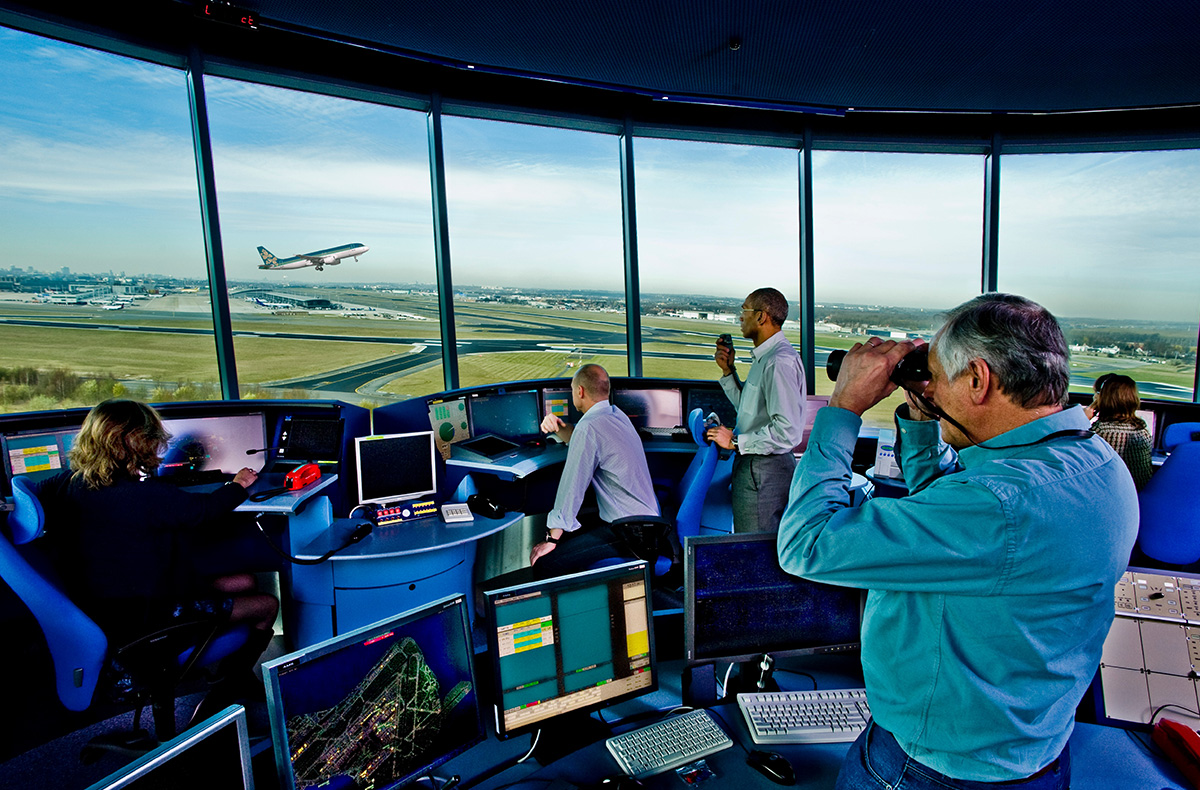International airports are multilingual and multicultural places by nature, but no matter where you are in the world, you’re likely to hear English inside a plane. But this goes past the familiar airline phrases – “Ladies and gentlemen, this is your captain speaking” and “The seatbelt sign is on,” and goes more specifically into the plane’s cockpit. All pilots flying cross-border are required to know English, the official language of international aviation.
Why Standardized Communications and English are Required for International Pilots
In the post-WWII era, the US and UK were producing the most airplanes and had the most aviation engineers, and English became the de facto standard language somewhat organically. In the following decades, however, airline crash investigators started to discover a common factor in aviation disasters – unclear communications between pilots and air traffic control due to language differences and a lack of communications standards.
In the 1977 Tenerife Airport disaster, for example, the hurried KLM pilot and local control tower did not follow the standard practice of announcing the flight number, confirming instructions, and awaiting confirmation. The pilot simply said, “We’re at take-off,” to which the control tower replied, “Okay.” Rather than waiting for official clearance, the pilot then tried to take off in the foggy conditions, unaware that a Pan Am jet was barreling towards the KLM plane on the same runway.
In 1996, a Kazakhstan Airlines plane had communications issues later attributed to inadequate language skills that resulted in confusion over the proper altitude. The pilots misunderstood the altitude level indicated by air traffic control, and tragically the plane collided with a Saudi Arabia Airlines flight in the worst mid-air disaster of all time.
How a Standard Language and “The Script” Improve Aviation Safety
Over the years, international airline officials have taken several steps to prevent further communications-related catastrophes, but they all share the same general goal – to simplify things as much as possible to ensure safety. One way to simplify communications is of course by reducing the number of languages used, and the International Civil Aviation Organization (ICAO) made English the sole official language of aviation in 2008. This put everyone on the same page, so to speak, and ensured that air traffic control and pilots would not switch back and forth between languages, trying to find the best way to talk to one another.
Another improvement was ensuring that all communications use words and phrases in official ICAO Aviation English, which is colloquially referred to as “the script.” Speaking any language is easier when you know that the conversation is not going to deviate from a specific topic, in this case, flight-related information. This not only reduces the level of vocabulary required, but also streamlines communications into more of a fill-in-the-blank exercise in which pilots need only use standard phrases, then fill in the specific flight numbers, times, etc. Succinct and concise phrases like “Visibility – 4 kilometers” provide the necessary information and nothing more.
English Testing and Certification for Aviation
Part of becoming a licensed international aviator in the US requires passing rigorous ICAO certification exams. These tests include not only aviation-related topics like airspace classifications and air law, but also have specific sections that evaluate English proficiency. Areas like pronunciation and vocabulary are graded on a 6-point scale, and pilots, air traffic controllers, and other aviation professionals must regularly get recertified to ensure that their language skills are up to par.
Other Languages and Aviation
It is important to note that the skies are still a multilingual and multicultural area, and pilots around the globe speak nearly every language in existence, sometimes in an official capacity and sometimes conversationally at work. For pilots, however, it’s rare to find someone outside of a pure hobbyist who does not already know or want to learn English. Airlines want to employ a pilot who can fly nationally and internationally if needed, as well as flight crew, flight attendants, etc. Multilingualism is an advantage in many careers, aviation even more so than most.


